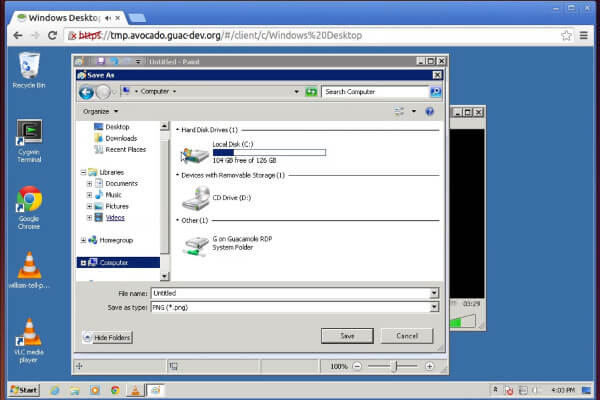

However, as the comments to your question mentioned, there are ways to identify people that are not their IP address. Many sites pre-emptively ban them since they are often used by bad actors. Tor's "magic" is that the intermediaries between you and the exit are randomized and not controlled by the people running those nodes.Įven if they can’t see your real IP address, would they be able to tell you're hiding your it? Would they know you’re using Tor specicially? The average internet forum administrator? Not bloody likely.Ī government? More likely, since they have the ability to analyze broad swathes of the internet's traffic at once, but even the NSA is on record as saying that Tor is a pain in the ass for them.Īnyone looking at where you connect from will see the IP address of the exit node you're using, just like any other proxy. Tor (and Tor Browser) is pretty good about not leaking your IP address and disable some common ways to get around that (WebRTC being one of them), but it's always possible to get served some kind of code that causes your IP to become visible. You can do it, now, but you can't drag and drop between them.Depends on how clever they are. I believe better multi-monitor support is coming to Anydesk later this year. We keep a few seats of Teamviewer for supporting users, although I know a few IT staff have used Anydesk for remote support. Anydesk is significantly more expensive, but nowhere near Teamviewer's pricing. Splashtop has a cleaner interface, in my opinion (and privacy mode works just fine), and is more affordable.

300 Anydesk users and just 50 Splashtop users. My preference is Splashtop, but you can't argue with the numbers. If you don't have a high speed and stable internet connection it doesn't seem to perform as well.

We've got power-users that prefer Splashtop because it has better multi-monitor support, but the compression isn't as good. Walking through an office, you might see monitors turned backwards or with the screen face down on the desk. The so-called "privacy mode" (remote computers screen goes black) is unreliable (though it's often due to graphics drivers and can be fixed). Performance is pretty good with applications like AutoCAD and Revit where screen lag would be a major annoyance. It's not perfect, but it gets the job done. When the pandemic hit, it was one of the options we explored for folks to connect to their high-powered desktop computers from home (either from personal devices or a company owned laptop).


 0 kommentar(er)
0 kommentar(er)
